Sunlight that filters through the vast canopy of trees, a door that opens to let light into a dark RDA hangar, shadows cast from the AMP suits therein – lighting plays a big role in bringing the moon of Pandora to life in Avatar: Frontiers of Pandora, and Ray Tracing has enabled more realistic lighting than ever before. Learn more about how Ray Tracing in Snowdrop has helped the teams create the most immersive environment possible.
One of the first things that Oleksandr Koshlo, Rendering Architect and Quentin Kuenlin, Senior Rendering Programmer on Snowdrop, mention when we sit down to talk lighting and Ray Tracing in Avatar: Frontiers of Pandora, is the scale of the project compared to other projects that Snowdrop has been used for previously. And it’s not just about the map of the game, but also how far away the horizon is for the players.
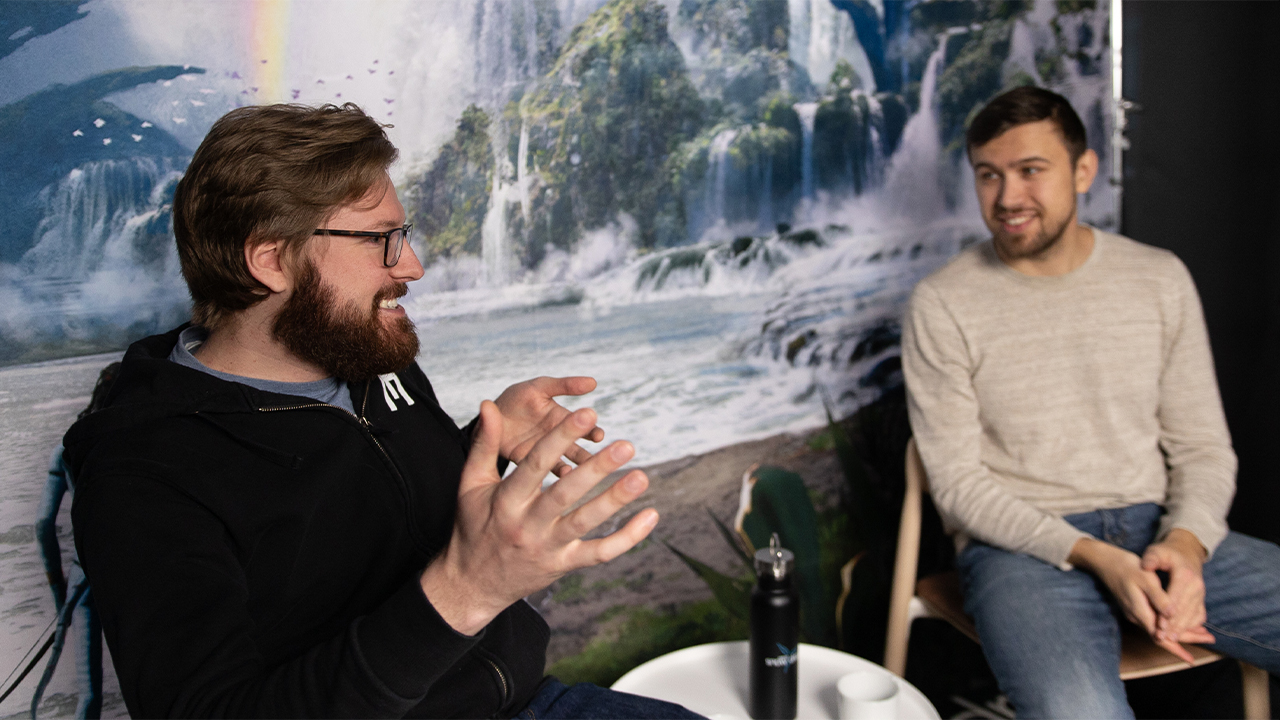
“It’s a huge world, which means that you can see far, especially from high vertical positions. This means that we need to support very distant rendering and we need to give it a lot of care,” explains Quentin.
Compared to The Division 2, which was also built on Snowdrop but before current gen enabled Ray Tracing, Avatar: Frontiers of Pandora saw a lot of work going into supporting different lighting effects from a high distance, which presents light sources that allows distance processing volumetric lighting.
We have been able to drastically improve some of the techniques that we had to forgo in previous productions.
“With Avatar: Frontiers of Pandora being a current gen title, we have been able to drastically improve some of the techniques that we had to forgo in previous productions. Now, we could implement Ray Tracing for both lighting and reflections, and that’s a huge change.”
According to both Oleksandr and Quentin, the change in lighting quality is drastic compared to previous titles built on the Snowdrop engine, making things in the world much better connected, and as different materials and objects have different reactions to lighting, they look more realistic than before.
With the previous probe-based global illumination, small objects and details didn’t have any effect on the global illumination. However, thanks to the new system which works on a per pixel basis, all the objects in the world and every small detail can have an influence on the lighting.

Quentin points at a controller on the table we are sitting at.
“For example, if you take the controller here as an example, when we had probe-based illumination, you wouldn’t be able to cast those small, detailed shadows. But now, we can catch these small indirect shadows on their surroundings – the controller casting a shadow on the table, with the TV screen shining a light on the scene for example. It’s much more precise, and much more realistic – and more physically accurate as well since it reflects rays of light in real life.”
It’s much more precise, and much more realistic.
This also connects to the weather system on Pandora. For example, when it’s foggy, some light will be obscured, and the fog itself uses Ray Tracing to indirect light, creating a systemic interaction.
“The systems kind of feedback on themselves. If the sky is completely clouded, you get less direct light from the sun, making the environment darker. It’s all connected,” says Oleksandr, and adds that one of the challenges they have faced in the past is light shining into interiors, which has been a difficult problem to solve.
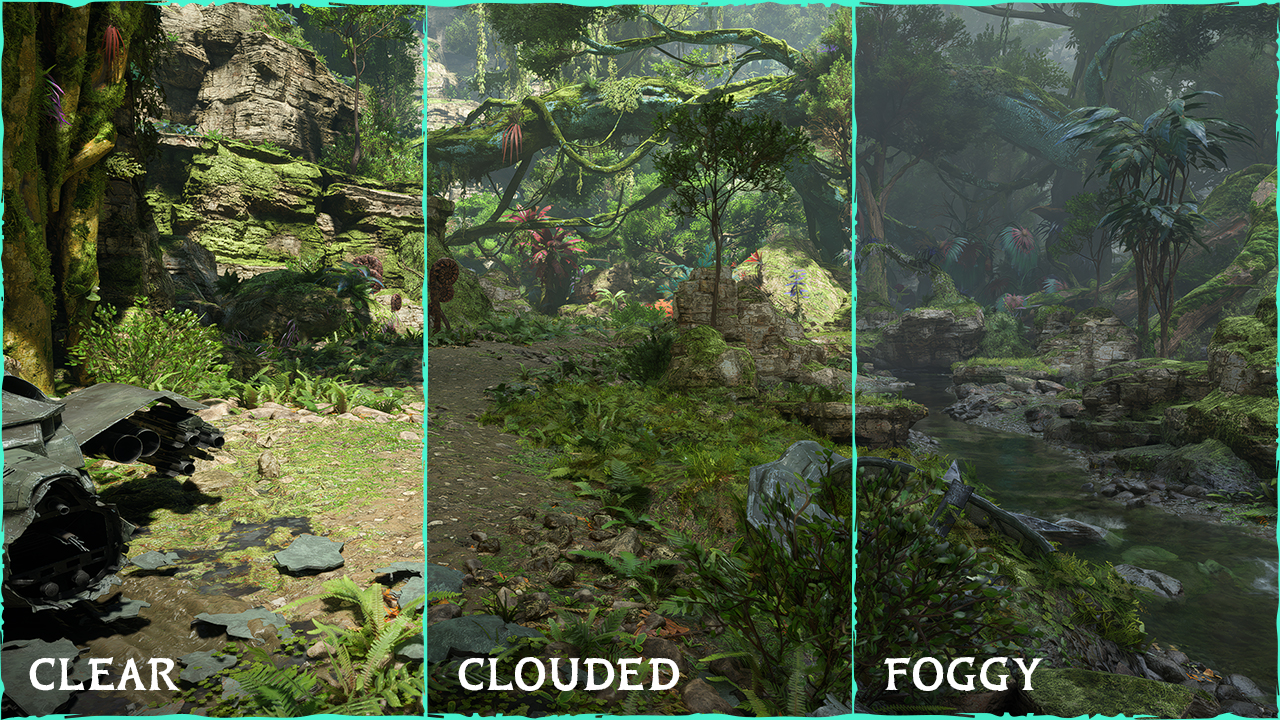
“We have worked a lot on this and been pushing the boundaries of the tech to make it work – which it now does,” he says with a smile. “And what’s even nicer is that since we don’t rely on baked data, we can actually support opening doors into dark interiors which will become bright due to the light shining in from the outside. It sounds like a basic thing, but it’s something we’ve worked on quite a while, and it’s nice to finally achieve it.”
Speaking of bake times, Ray Tracing has been pivotal in shorten iteration time for the artists working on the game, as it eliminates long bake times and gives artists instant feedback and removes some of the problems with baking. For example, to get the impression that you would get in the full game, the team had to bake things on a build machine, which would take a lot of time.
“With Ray Tracing, if an artist moves an object, it will instantly update the lighting. This means that artists can create windows and objects and instantly see what it will look like in-game for the players,” explains Quentin.
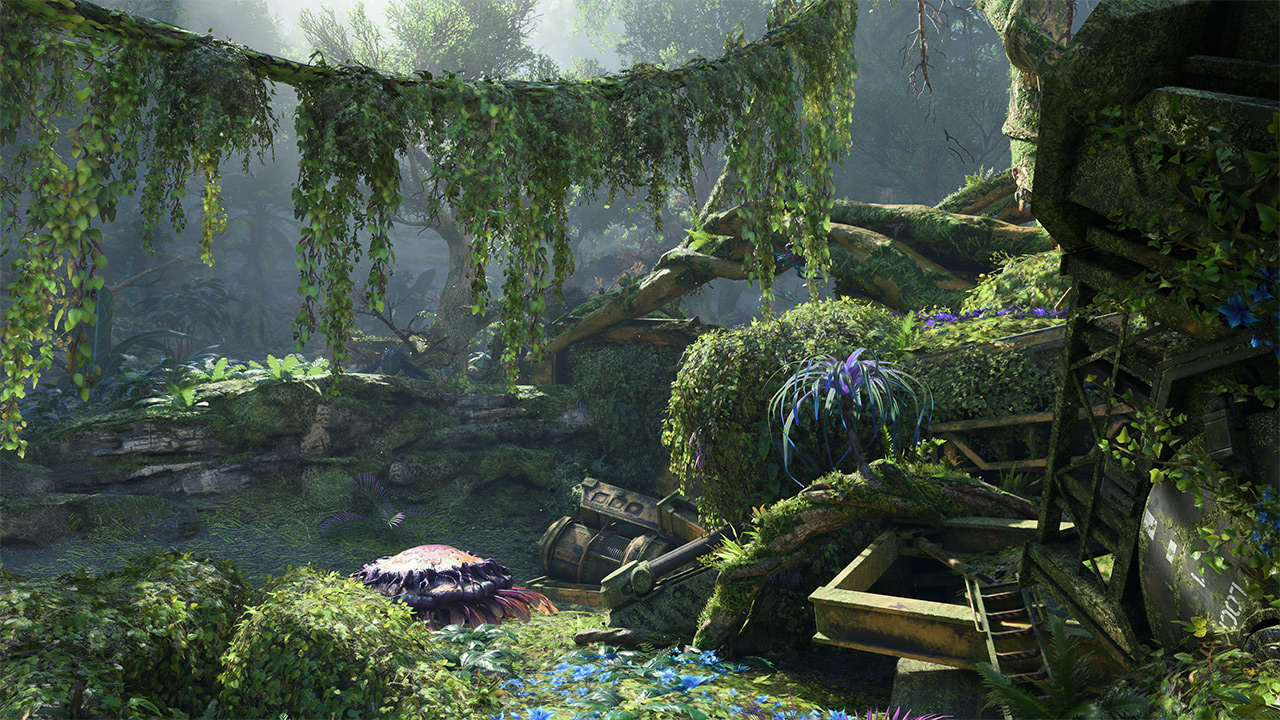
By working closely with the artists on the project, the Snowdrop team has been able to make the tech better and better with direct feedback, considering how artists work with Ray Tracing.
“It’s really a collaborative effort,” says Oleksandr. “When we started the processes in the development of the tech, it showed promise quickly. But once we committed to it and started using it to produce Avatar: Frontiers of Pandora, we had to tackle a lot of challenges, and that’s where our collaboration with the artists really started.”
We had to tackle a lot of challenges, and that’s where our collaboration with the artists really started.
By working together, the artists worked to understand how to implement Ray Tracing in their work, and the Snowdrop developers figured out the best ways to optimize the tech. The collaboration has yielded great results, and the instant feedback from artists to the Snowdrop team has proven invaluable.
“When we work on the tech side, we work with simple scenes with a red cube that you can see the light bounce off from,” explains Oleksandr. “However, once you go to a real level, you can see a lot more, and realize that the artists see issues that we don’t necessarily see since it’s so much more complex.”
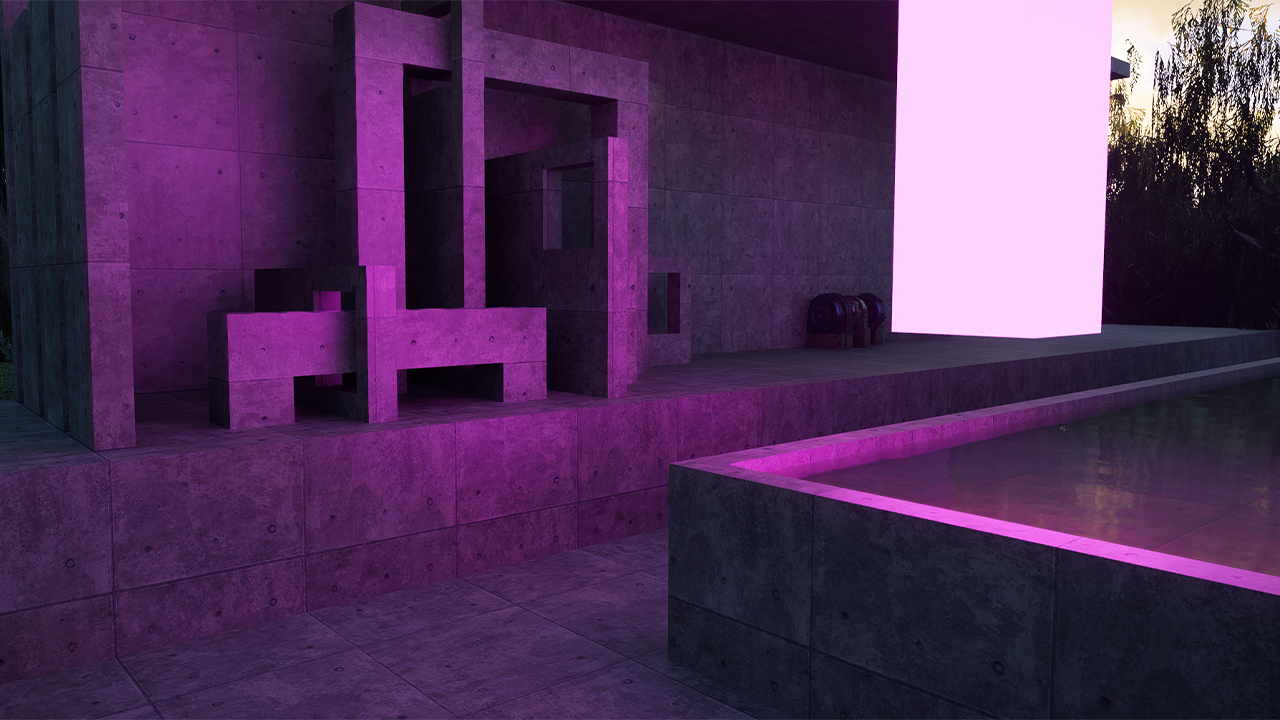
Quentin adds:
“The feedback has been great. For us in the Snowdrop team, what we do is physically based, and sometimes you try to be as realistic as possible, but it can actually be too realistic for artists, since it hampers the player’s experience,” says Quentin.
As an example, Quentin brings up light during nighttime in the game. During the night, it will (quite obviously) not be much light in the environment, but for the player, it’s too dark and takes away from the gameplay.
“If the player can’t see anything, it will take away from the experience, so sometimes it might be that they need to boost light in a certain area to make the player experience as good as possible. It might not be the most realistic lighting, but it’s necessary to make the game fun.”
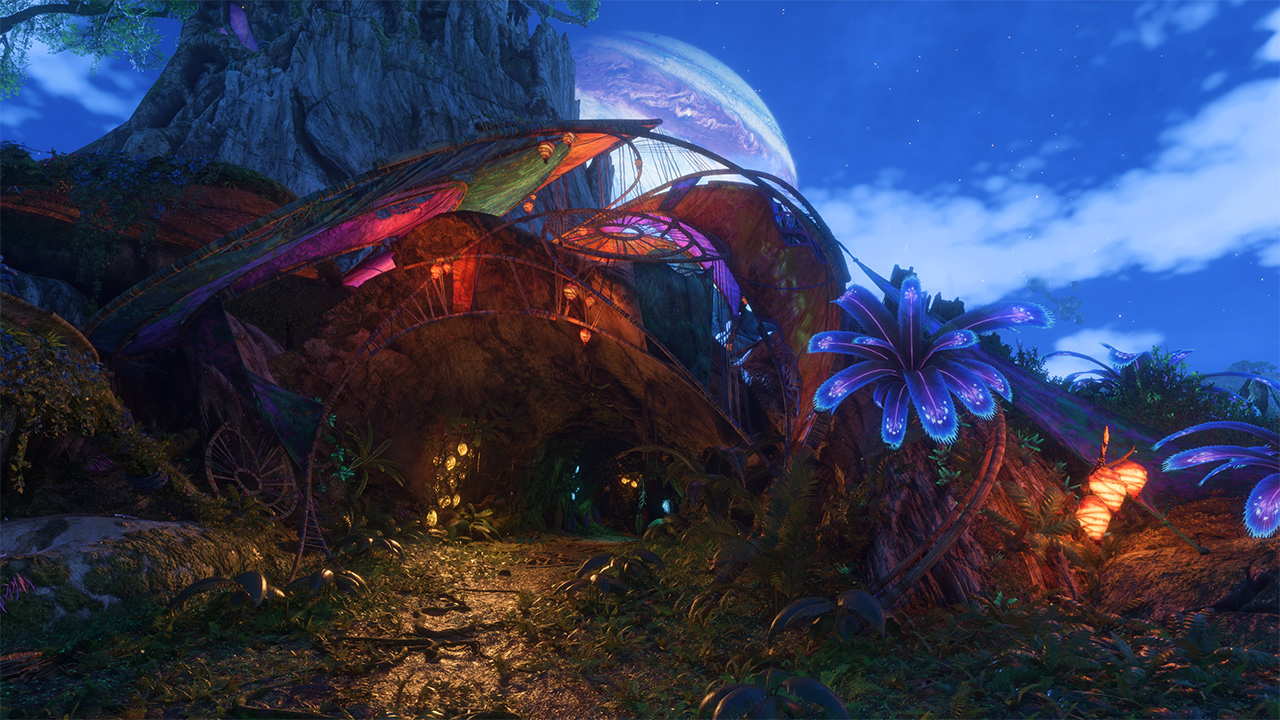
Moving forward, both Oleksandr and Quentin see many opportunities with Ray Tracing and how it can be further evolved.
“What we are doing right now is basically tracing rays from the surface of objects into random directions. If we hit something, we hit something. But in that sense, it’s limited since the light won’t bounce indefinitely. What I think will be our next technological step for our future titles is “Path Tracing”: shooting rays which bounce and bounce and bounce. At the moment we are still working on solving some challenges, but it looks promising and it’s definitely something that we want to keep pushing,” says Quentin.
Right now, we are at the tip of the iceberg.
The Snowdrop team’s goal is to make all new technologies developed on Snowdrop available for any team at Ubisoft that is using the engine to develop their games. Ray Tracing is no different and is now available for anyone to leverage.
“There are things we are working on to get better precision and quality,” says Oleksandr. “Right now, we are at the tip of the iceberg, and there are a lot of exciting and interesting things that we want – and hope – to do in the future when it comes to Ray Tracing and lighting in games.”
More from Snowdrop
- An Evolving Pandora, Snowdrop’s dynamic world
- Crafting Pandora’s Breathtaking Landscape, Snowdrop’s scattering system
Avatar: Frontiers of Pandora™ © 2023 20th Century Studios. Game Software excluding 20th Century Studios elements: © 2023 Ubisoft Entertainment. All Rights Reserved. Avatar: Frontiers of Pandora™ and the 20th Century Studios logo are trademarks of 20th Century Studios. Licensed to Ubisoft Entertainment by 20th Century Studios. Ubisoft and the Ubisoft logo are registered or unregistered trademarks of Ubisoft Entertainment in the U.S. and/or other countries.















